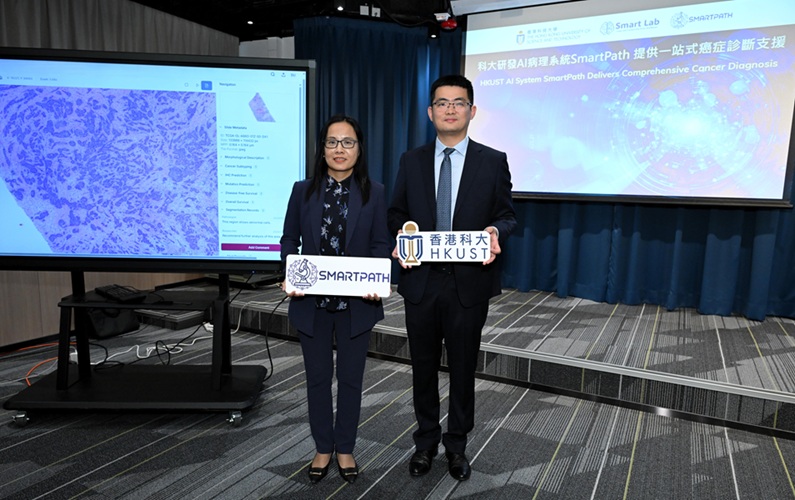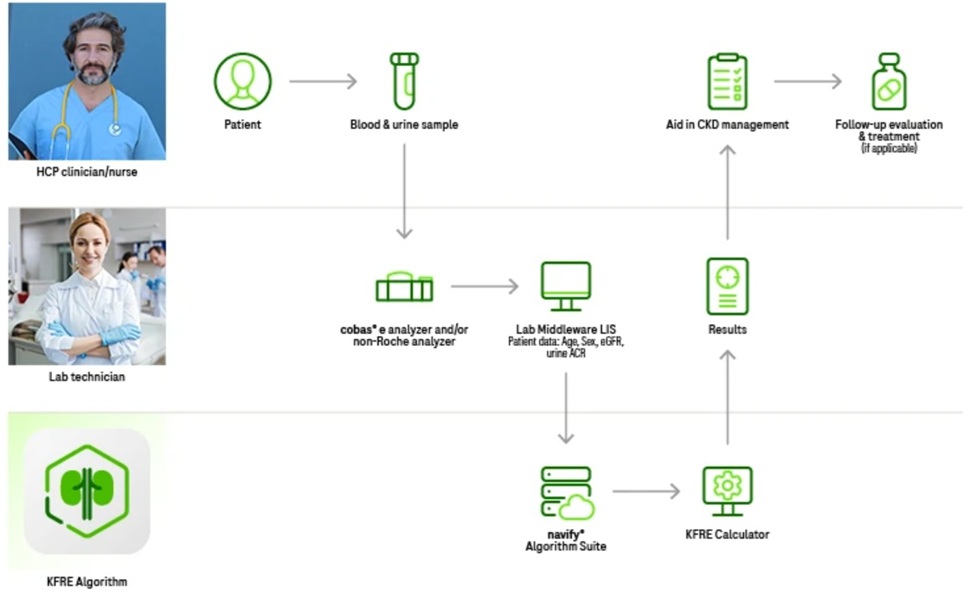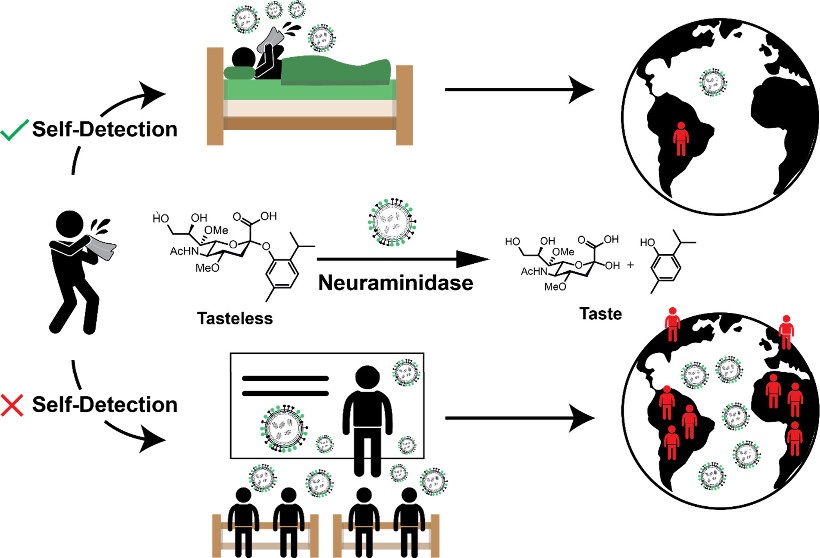How People Try to Beat Drug Testing and Defend Positive Results
|
By Kim Scott (AACC) Posted on 12 Jul 2022 |
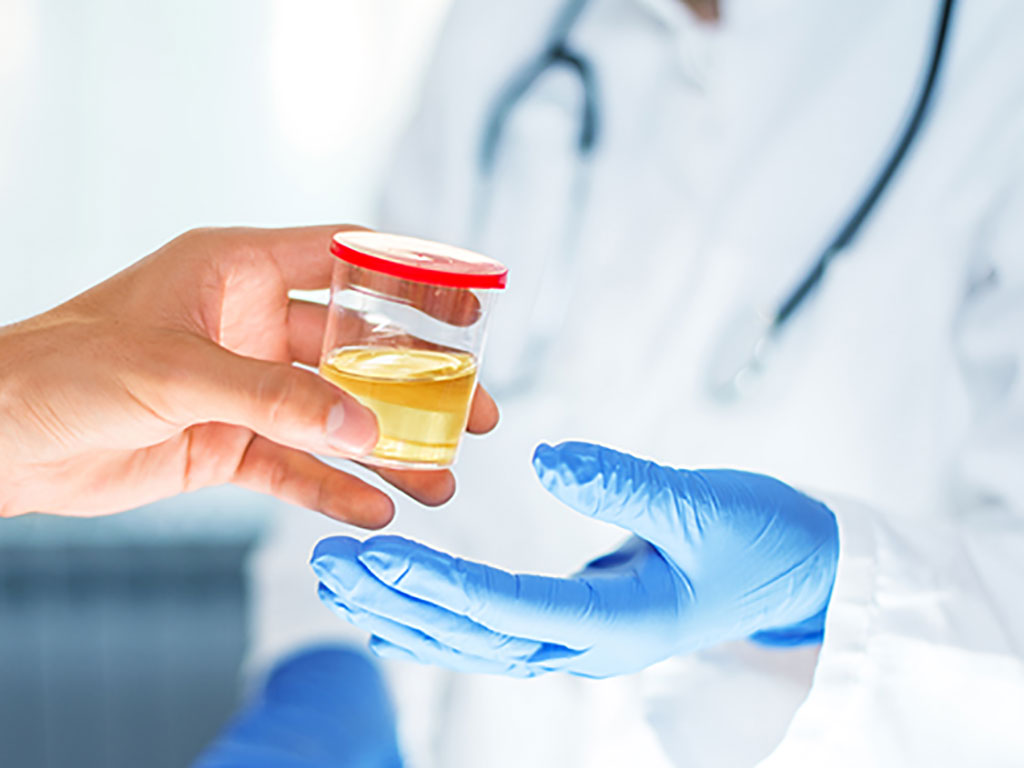
Image: How People Try to Beat Drug Testing and Defend Positive Results (Photo courtesy of aacc.org)
Drug abuse is a critical problem throughout the world. While opioids are a significant public health concern, accounting for 2.88 million visits to emergency departments in the U.S. in 2016 and 2017, other drugs are also abused on a regular basis, including cocaine, amphetamines, and benzodiazepines.
In 1986, President Reagan directed federal agencies to achieve a drug-free work environment. Many private employers also employ drug testing to ensure their workplaces are safe. Approximately 20 million people are screened each year in the U.S. in workplace drug testing programs, said Amitava Dasgupta, PhD, professor of pathology and laboratory medicine at the University of Kansas Medical Center in Kansas City.
Dasgupta will discuss ways that people try to beat drug tests and strategies clinical laboratories can use to detect adulterated specimens during a roundtable session “How People Try to Beat Drug Testing and Defend Positive Results” at the 2022 AACC Annual Scientific Meeting and Clinical Lab Expo on July 24-28 in Chicago.
About 2% of people undergoing drug testing attempt to “beat” the tests, Dasgupta said. Some people try to beat drug tests by ingesting detoxifying agents designed to flush out drugs and metabolites. Others add adulterants to their urine, such as common household chemicals –laundry bleach, table salt, toilet bowl cleaner, and vinegar. While these types of adulterants are fairly easy to identify, there are chemicals that can be purchased online that are more difficult to identify in urine. In addition, some individuals purchase synthetic urine online in an attempt to beat drug tests in settings where collection of a urine specimen is not supervised.
When attempts to beat drug tests fail and a test comes back positive, individuals sometimes blame the positive result on other issues, such as eating food with poppyseeds, inhaling second-hand marijuana smoke, or taking CBD products for pain.
Dasgupta will also discuss ways to debunk common defenses of positive drug tests. “This is a very important topic because we want to have a drug-free workplace, and lab medicine professionals who are involved in the field of toxicology testing play a big role in helping ensure a safe workplace,” he said. “It’s important to know ways in which people can try to beat drug tests so you know what to look out for.”
Among the topics that will be covered during this session:
“There are 14,000 sites on the internet that tell you how to beat a drug test, Dasgupta noted. “My goal is to make sure that toxicologists know how people try to beat tests so they can be prepared in advance.”
In 1986, President Reagan directed federal agencies to achieve a drug-free work environment. Many private employers also employ drug testing to ensure their workplaces are safe. Approximately 20 million people are screened each year in the U.S. in workplace drug testing programs, said Amitava Dasgupta, PhD, professor of pathology and laboratory medicine at the University of Kansas Medical Center in Kansas City.
Dasgupta will discuss ways that people try to beat drug tests and strategies clinical laboratories can use to detect adulterated specimens during a roundtable session “How People Try to Beat Drug Testing and Defend Positive Results” at the 2022 AACC Annual Scientific Meeting and Clinical Lab Expo on July 24-28 in Chicago.
About 2% of people undergoing drug testing attempt to “beat” the tests, Dasgupta said. Some people try to beat drug tests by ingesting detoxifying agents designed to flush out drugs and metabolites. Others add adulterants to their urine, such as common household chemicals –laundry bleach, table salt, toilet bowl cleaner, and vinegar. While these types of adulterants are fairly easy to identify, there are chemicals that can be purchased online that are more difficult to identify in urine. In addition, some individuals purchase synthetic urine online in an attempt to beat drug tests in settings where collection of a urine specimen is not supervised.
When attempts to beat drug tests fail and a test comes back positive, individuals sometimes blame the positive result on other issues, such as eating food with poppyseeds, inhaling second-hand marijuana smoke, or taking CBD products for pain.
Dasgupta will also discuss ways to debunk common defenses of positive drug tests. “This is a very important topic because we want to have a drug-free workplace, and lab medicine professionals who are involved in the field of toxicology testing play a big role in helping ensure a safe workplace,” he said. “It’s important to know ways in which people can try to beat drug tests so you know what to look out for.”
Among the topics that will be covered during this session:
- What are common household chemicals that are often used to adulterate urine?
- What are commercially available products used to beat drug tests and how can you recognize when they are being used?
- How can you differentiate natural urine from synthetic urine?
- Protocols for detecting specific adulterants.
- What are common defenses for a positive drug test and how they can be debunked?
“There are 14,000 sites on the internet that tell you how to beat a drug test, Dasgupta noted. “My goal is to make sure that toxicologists know how people try to beat tests so they can be prepared in advance.”
Latest AACC 2022 News
- AACC 2022 Review: International Meetings Rebound After Suffering Long COVID Hiatus
- Faster Method Diagnoses Pediatric Urinary Tract Infections
- Tianlong Showcases Integrated PCR Lab Solutions at AACC 2022
- Cellavision Introduces New Workflow Solution for Low-Volume Hematology Labs at AACC 2022
- Advanced Instruments Introduces New Automated Osmometer at AACC 2022
- Innovative Smartphone and AI-Based Tests Featured at AACC 2022
- New Tests Presented at AACC 2022 to Solve Challenges in Children's Healthcare
- 10-Minute Sepsis Risk Stratification Test Introduced at AACC 2022
- New System Combining DNA/RNA Extraction and Smart PCR Setup Launched at AACC 2022
- Novel Small Volume Blood Collection Device Launched at AACC 2022
- AACC Disruptive Technology Award Finalists Tackle Cancer, Women's Health, and STDs
- Meridian Demonstrates State-of-the-Art Urea Breath Test System at AACC 2022
- Nikon Instruments Displays Latest Clinical Pathology Products at AACC 2022
- Seegene Showcases Latest Molecular Testing Solutions at AACC 2022
- Werfen Introduces New Acute Care Diagnostic Products for CVOR at AACC 2022
- PerkinElmer Demonstrates Vanadis NIPT Screening Platform Featuring Groundbreaking cfDNA Technology
Channels
Clinical Chemistry
view channel
VOCs Show Promise for Early Multi-Cancer Detection
Early cancer detection is critical to improving survival rates, but most current screening methods focus on individual cancer types and often involve invasive procedures. This makes it difficult to identify... Read more
Portable Raman Spectroscopy Offers Cost-Effective Kidney Disease Diagnosis at POC
Kidney disease is typically diagnosed through blood or urine tests, often when patients present with symptoms such as blood in urine, shortness of breath, or weight loss. While these tests are common,... Read moreMolecular Diagnostics
view channel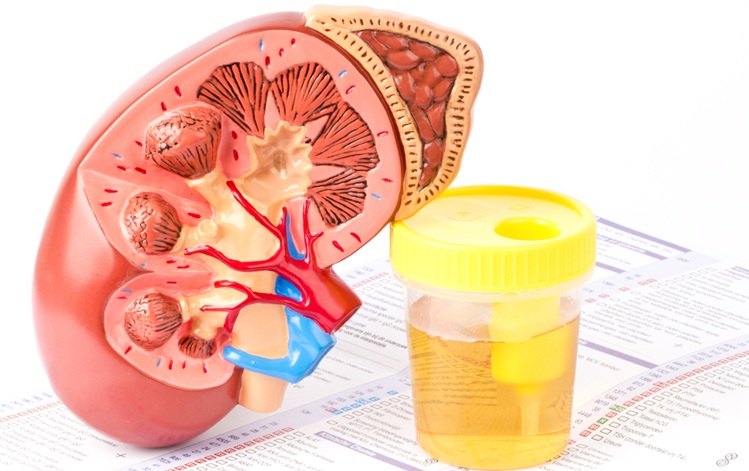
Urine Test Could Replace Painful Kidney Biopsies for Lupus Patients
Lupus is an autoimmune disorder that causes the immune system to attack the body’s own tissues and organs. Among the five million people living with lupus globally, nearly half develop lupus nephritis,... Read more
Blood Test Guides Post-Surgical Immunotherapy for Muscle-Invasive Bladder Cancer
After surgery for muscle-invasive bladder cancer, many patients face uncertainty about whether residual cancer cells remain in their bodies. Now, a new international phase 3 study has demonstrated that... Read more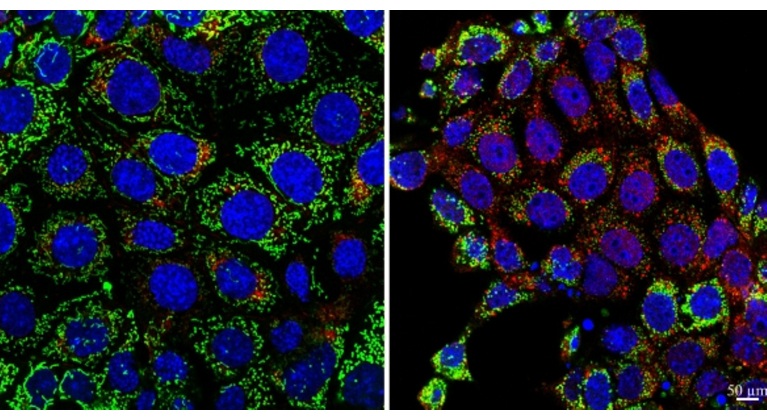
Mitochondrial DNA Mutations from Kidney Stressors Could Predict Future Organ Decline
Kidney-related diseases are alarmingly common: chronic kidney disease (CKD) affects more than one in seven U.S. adults, while about 20% of hospitalized adults are diagnosed with acute kidney injury (AKI).... Read moreHematology
view channel
Viscoelastic Testing Could Improve Treatment of Maternal Hemorrhage
Postpartum hemorrhage, severe bleeding after childbirth, remains one of the leading causes of maternal mortality worldwide, yet many of these deaths are preventable. Standard care can be hindered by delays... Read more
Pioneering Model Measures Radiation Exposure in Blood for Precise Cancer Treatments
Scientists have long focused on protecting organs near tumors during radiotherapy, but blood — a vital, circulating tissue — has largely been excluded from dose calculations. Each blood cell passing through... Read more
Platelets Could Improve Early and Minimally Invasive Detection of Cancer
Platelets are widely recognized for their role in blood clotting and scab formation, but they also play a crucial role in immune defense by detecting pathogens and recruiting immune cells.... Read more
Portable and Disposable Device Obtains Platelet-Rich Plasma Without Complex Equipment
Platelet-rich plasma (PRP) plays a crucial role in regenerative medicine due to its ability to accelerate healing and repair tissue. However, obtaining PRP traditionally requires expensive centrifugation... Read moreImmunology
view channel
Blood-Based Liquid Biopsy Model Analyzes Immunotherapy Effectiveness
Immunotherapy has revolutionized cancer care by harnessing the immune system to fight tumors, yet predicting who will benefit remains a major challenge. Many patients undergo costly and taxing treatment... Read more
Signature Genes Predict T-Cell Expansion in Cancer Immunotherapy
Modern cancer immunotherapies rely on the ability of CD8⁺ T cells to rapidly multiply within tumors, generating the immune force needed to eliminate cancer cells. However, the biological triggers behind... Read moreMicrobiology
view channel
Fast Noninvasive Bedside Test Uses Sugar Fingerprint to Detect Fungal Infections
Candida bloodstream infections are a growing global health threat, causing an estimated 6 million cases and 3.8 million deaths annually. Hospitals are particularly vulnerable, as weakened patients after... Read more
Rapid Sepsis Diagnostic Device to Enable Personalized Critical Care for ICU Patients
Sepsis is a life-threatening condition that occurs when the body’s response to infection spirals out of control, damaging organs and leading to critical illness. Patients often arrive at intensive care... Read morePathology
view channel
Tears Offer Noninvasive Alternative for Diagnosing Neurodegenerative Diseases
Diagnosing and monitoring eye and neurodegenerative diseases often requires invasive procedures to access ocular fluids. Ocular fluids like aqueous humor and vitreous humor contain valuable molecular information... Read more
AI-Powered Method Combines Blood Data to Accurately Measure Biological Age
Chronological age tells us how many years we’ve lived, but not how quickly our bodies are ageing. Some people stay healthy well into their 80s or 90s, while others experience decline much earlier.... Read moreTechnology
view channel
Viral Biosensor Test Simultaneously Detects Hepatitis and HIV
Globally, over 300 million people live with Hepatitis B and C, and 40 million with HIV, according to WHO estimates. Diagnosing bloodborne viruses such as HIV and Hepatitis B and C remains challenging in... Read more
Acoustofluidic Device to Transform Point-Of-Care sEV-Based Diagnostics
Rapid and sensitive detection of small extracellular vesicles (sEVs)—key biomarkers in cancer and organ health monitoring—remains challenging due to the need for multiple preprocessing steps and bulky... Read moreIndustry
view channel
Advanced Instruments Merged Under Nova Biomedical Name
Advanced Instruments (Norwood, MA, USA) and Nova Biomedical (Waltham, MA, USA) are now officially doing business under a single, unified brand. This transformation is expected to deliver greater value... Read more



















